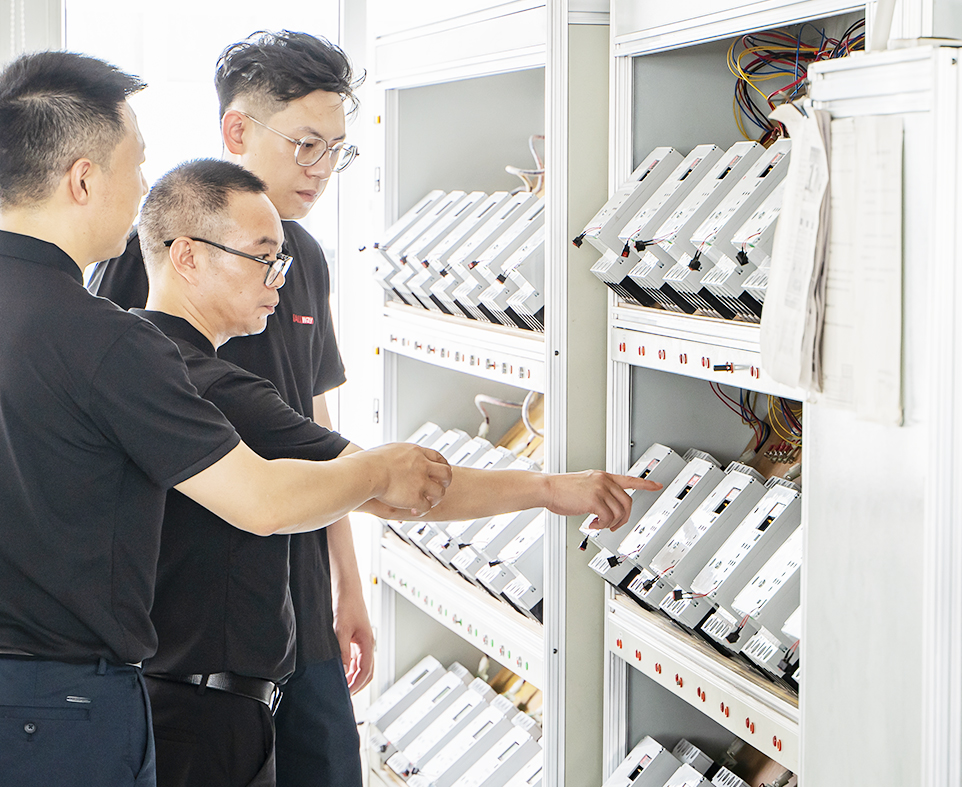Proper installation and regular testing of Residual Current Circuit Breakers or RCCBs are essential to ensure they function as intended. Otherwise, they won’t provide a safe and secure environment.
In this post, we’ll walk you through the step-by-step process of installing and testing an RCCB, covering key aspects such as the RCCB working principle, the use of an RCCB box, and considerations for an RCCB switch.
Turn off the main power supply and use appropriate personal protective equipment, such as insulated gloves and safety glasses when dealing with an RCCB box or an RCCB switch.
Choose the appropriate location for the RCCB installation, often within an RCCB box mounted on a DIN rail.
Check the RCCB specifications for type (AC or A), rating (current, sensitivity, voltage), and compatibility with connected loads. Understanding the RCCB working principle is crucial for effective protection against electric shocks.
Disconnect the power supply to the distribution board or consumer unit. This step is fundamental when working with an RCCB switch or an RCCB box, ensuring a safe working environment.
Connect the RCCB to the distribution board within the RCCB box, following manufacturer guidelines. Ensure secure connections for live, neutral, and earth wires. Tighten connections firmly to prevent potential loose contacts.
Secure the RCCB within the designated RCCB box on the DIN rail. Confirm it’s firmly attached and properly aligned according to the manufacturer’s instructions.
Reconnect the power supply to the distribution board. Conduct a visual inspection to ensure secure connections within the RCCB box and no visible signs of damage or wear.
Press the test button on the RCCB switch to simulate a fault. The RCCB should promptly trip, disconnecting power. Reset the RCCB afterward to restore power.
Use a testing device to measure the RCCB’s tripping time. This assesses how quickly the RCCB responds to a fault.
Conduct an earth fault loop impedance test to ensure a low impedance path for fault currents. This validates the RCCB’s effectiveness in the event of a fault.
Schedule regular inspections of the RCCB box and associated components. Look for signs of wear, damage, or loose connections. Repeat functional tests periodically to confirm the RCCB switch’s continued proper operation within the RCCB box.

By incorporating these steps, highlighting the working principle of an RCCB, the use of an RCCB box, and the functionality of an RCCB switch, you can ensure the effectiveness of the RCCB in enhancing electrical safety.
Always refer to the manufacturer’s guidelines and local regulations during installation and testing. Contact us if you have questions about iAllway’s RCCBs.

Your article helped me a lot, is there any more related content? Thanks!
I don't think the title of your article matches the content lol. Just kidding, mainly because I had some doubts after reading the article. https://www.binance.com/en-IN/register?ref=UM6SMJM3
Can you be more specific about the content of your article? After reading it, I still have some doubts. Hope you can help me.
Your article helped me a lot, is there any more related content? Thanks!
Thanks for sharing. I read many of your blog posts, cool, your blog is very good.
Your point of view caught my eye and was very interesting. Thanks. I have a question for you.
Your point of view caught my eye and was very interesting. Thanks. I have a question for you.
Its like you read my mind! You seem to know so much about this, like you wrote the book in it or something. I think that you can do with a few pics to drive the message home a little bit, but other than that, this is wonderful blog. An excellent read. I'll certainly be back. https://www.zoritolerimol.com
I have read some excellent stuff here. Definitely worth bookmarking for revisiting. I surprise how so much attempt you set to create this type of magnificent informative website. https://www.zoritolerimol.com
Muchas gracias. ?Como puedo iniciar sesion?
I don't think the title of your article matches the content lol. Just kidding, mainly because I had some doubts after reading the article. https://accounts.binance.com/es-MX/register?ref=JHQQKNKN
sNmxTDBquURX
Thanks for sharing. I read many of your blog posts, cool, your blog is very good.